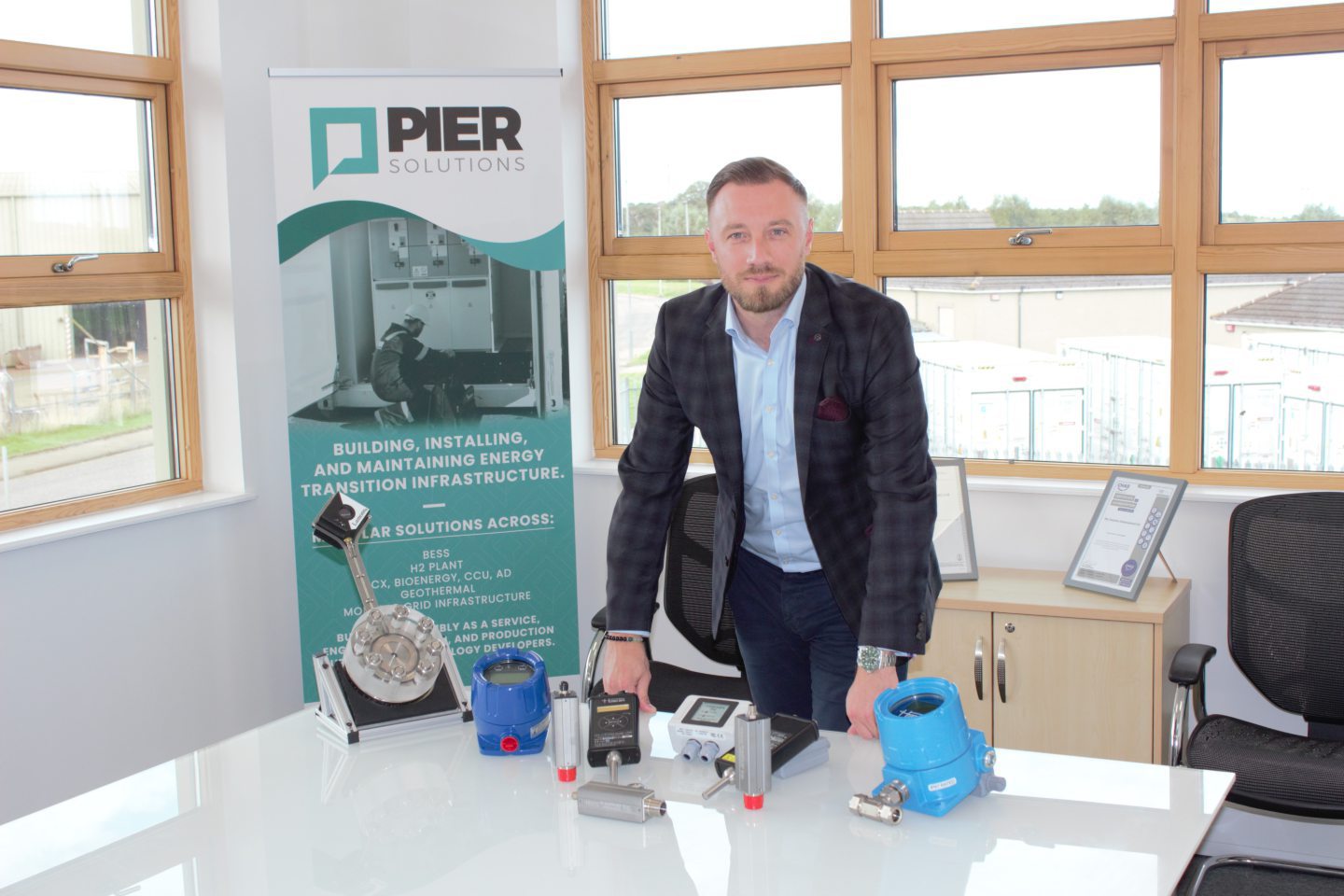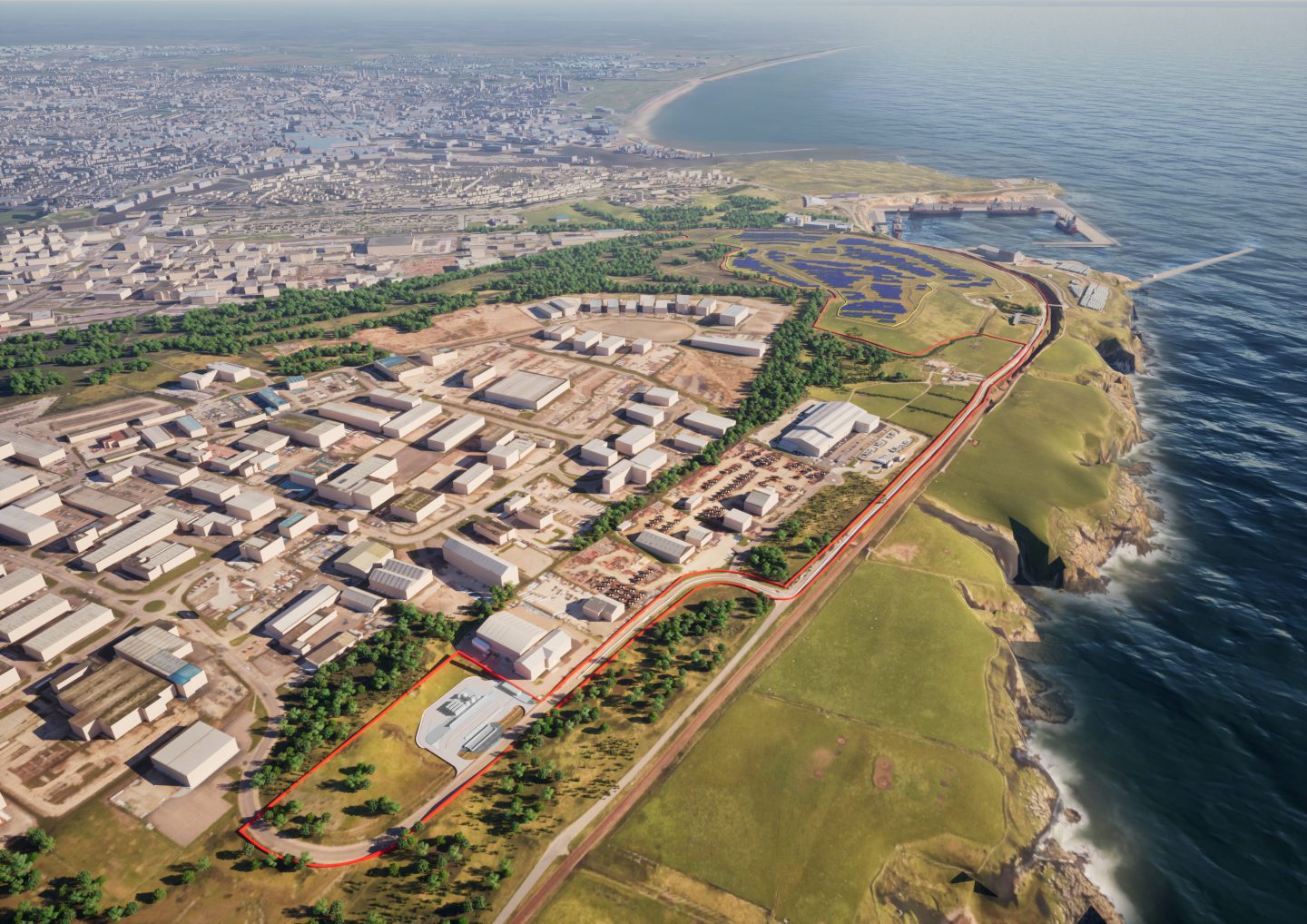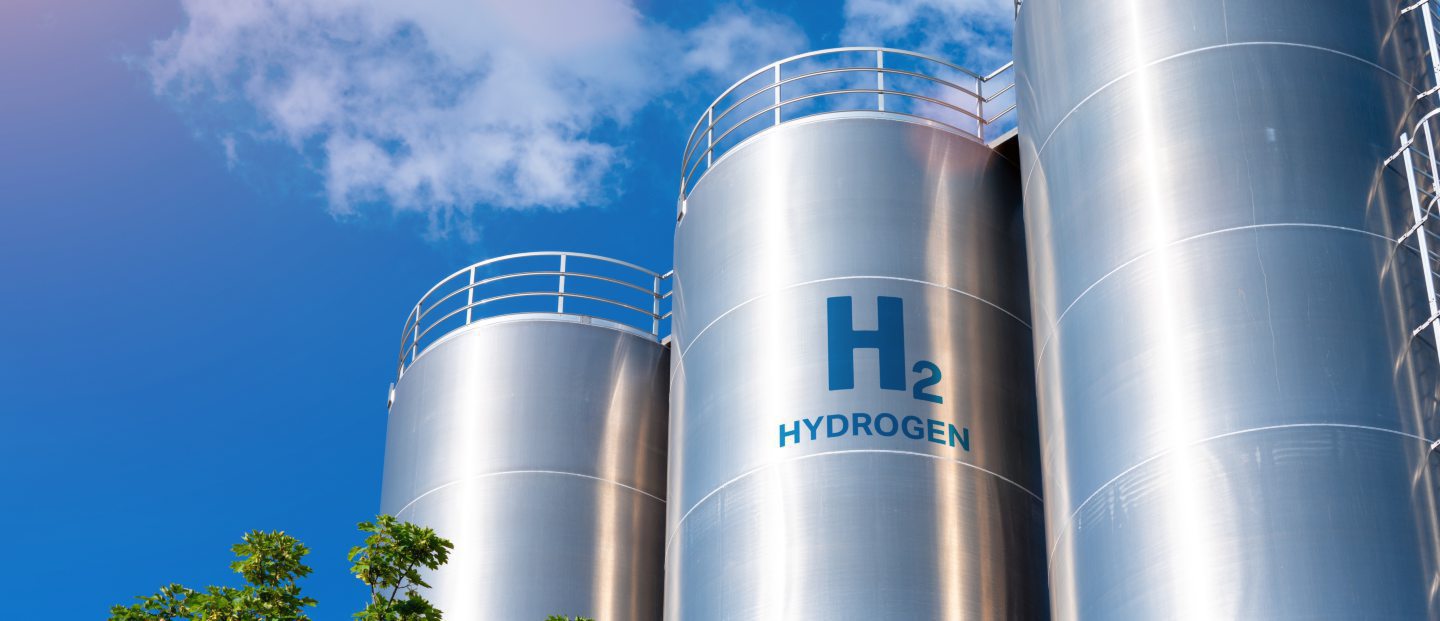Aberdeenshire firm Pier Solutions could see a “substantial increase” in revenue and turnover after forming a partnership with hydrogen technology firm H2scan.
Pier Solutions said the collaboration will bring “revolutionary” hydrogen sensor technology to Europe for the first time.
The Kintore company said the partnership will form a key part of expanding the global reach of California-based H2scan.
Pier Solutions said the fifth generation suite of H2scan technology offers “unparalleled accuracy, sensitivity, reliability and longevity”.
The technology has safety applications for general and hazardous hydrogen uses, including fuel cells, electrolysers, hydrogen storage and production.
Speaking to Energy Voice, Pier Solutions chief executive officer Jordan Ferguson said the technology is essentially “a smoke alarm for hydrogen detection”.
“It’s your first point of detection for hydrogen,” he said.
Ferguson said the technology is useful for businesses working across process safety, transformers and in battery energy storage systems.
UK hydrogen sector
With UK gas grid operators looking to potentially blend hydrogen with natural gas, monitoring systems for leaks will be a critical part of commercialising hydrogen.
Firms including National Grid, SGN, ESB, ScottishPower and Northern Grid are all potential customers for the technology, Ferguson said.
“When energy companies blend hydrogen into the natural gas infrastructure, they need to measure the percentage of the mixture,” he said.
“They also need to detect at certain points and be aware immediately of any possible leakage. We can support them with both measurement and leak detection.”
The H2scan technology can detect hydrogen in both fluid and in air, giving the ability to monitor transformers and battery systems which can release hydrogen while charging.
Ferguson said with the energy grid under pressure from increased and changing power demands, the technology can also help maximise their production uptime and reduce costs.
“A typical dissolved das analyser connected to a single distribution transformer could be anything between £25,000 to more than £50,000 per unit.
“Utilising H2scan’s GRIDSCAN sensors can reduce an end user costs significantly, whilst maintaining that first point of failure detection.”
This allows for planned maintenance rather than “expensive unplanned failures”, he said.
Hydrogen technology demand
Founded in 2002, H2scan holds more than 40 patents covering its core hydrogen technology and innovations.
The company estimates the global hydrogen economy could be worth $500 billion (£382bn) by 2030.
H2scan CEO David Meyers said the partnership with Pier Solutions represents a “significant step forward” in its mission to accelerate the energy transition.
“By combining our expertise with Pier Solutions’ deep industry knowledge, we are confident that our market-leading hydrogen sensor will play a pivotal role in ensuring the safe and efficient use of hydrogen as a clean energy source,” Meyers said.
Ferguson previously worked with H2scan on expanding its European presence, and he said that as the world moves towards a “more sustainable” economy, demand for hydrogen technology will continue to grow.
Pier Solutions hydrogen growth
Pier Solutions has already taken on two new staff as it looks to leverage its oil and gas expertise into hydrogen and other energy transition opportunities like battery storage.
Ferguson said throughout 2024 the company has started to see more opportunities emerging within the hydrogen sector.
“This year we’ve really seen an increase in projects going from feasibility stage to maturing into actual projects and funds being available,” he said.
“That will start to evolve a lot more, especially for the hydrogen economy within Europe.
“We’re a little bit slower at adopting [hydrogen in the UK] but I think that’s catching up now.
“I think in 2025 we’ll be in full momentum with implementing these projects in the UK and in Scotland as well.”
The company sees a number of growth opportunities emerging as a result of the H2scan partnership.
“There could be a substantial increase in our revenue and our turnover, but also our insight and opportunities within that to do other services,” Fergusons said.
“I’m all for pushing more business and manufacturing and service delivery in Scotland.”
Ferguson said the company is going through the next stages of its growth strategy, with further potential partnerships on the horizon alongside investment in its capabilities.
“We are looking at our next acquisitions to increase our manufacturing capacity and capability, and we’re looking locally for that,” he said.
Pier Solutions also sees opportunities for “global reach”, he added.
“We’re not just limited to Scotland, the UK and Europe,” Ferguson said.
“We can sell and discuss these sensor opportunities and other major projects on a global basis from Scotland.
“Nobody else has this in the UK as it stands right now.”
Supply chain challenges
Despite the opportunities on the horizon, Ferguson said Pier Solutions is facing challenges as it adjusts its business for the energy transition.
“Ultimately, we are the backbone of the energy transition supply chain because we are the small company delivering it. We’re trying to do our bit,” he said. ”
Whereas before you might have been used to certain things even within the wind and offshore services or energy services, you kind of knew where your margin needed to be.
“The energy transition is a whole new landscape, your processes and your procedures have to be changed and there’s a different mindset within that.”
Firms like Pier Solutions are having to take a long term outlook to ensure they can meet the challenges involved transitioning to the future UK energy system.
“But I think everyone’s facing the same challenges, there’s a lot of unknowns that we’re getting into,” Ferguson said.
“But we know there’s a market there, that’s what we’re here for.
“We want to be engineering the energy transition.”
Recommended for you




 © Supplied by Pier Solutions
© Supplied by Pier Solutions © Supplied by BP
© Supplied by BP © Supplied by Shutterstock
© Supplied by Shutterstock






